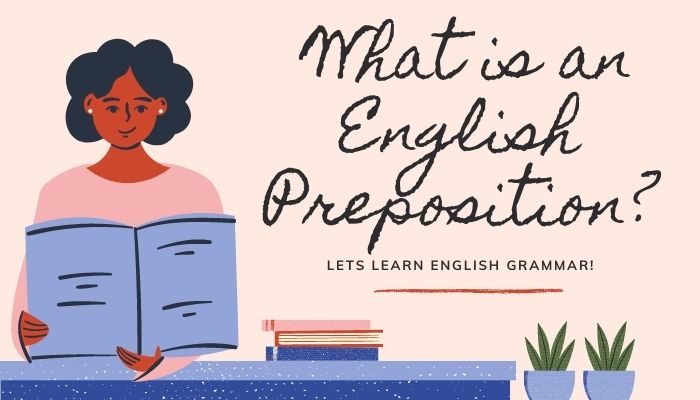


• Prepositions indicate relationships between other words in a sentence.
• Many prepositions tell you where something is or when something happened.
• Most prepositions have several definitions, so the meaning changes quite a bit in different contexts.
• Ending a sentence with a preposition is not a grammatical error.
WHAT IS A PREPOSITION?
“Vampires! Zombies! Werewolves!”
“Where?!”
“Behind you!”
Thank goodness for prepositions. Imagine not knowing where the danger lay….
Prepositions tell us where or when something is in relation to something else. When monsters are approaching, it’s good to have these special words to tell us where those monsters are. Are they behind us or in front of us? Will they be arriving in three seconds or at midnight?
Prepositions often tell us where one noun is in relation to another (e.g., The coffee is on the table beside you). But they can also indicate more abstract ideas, such as purpose or contrast (e.g., We went for a walk despite the rain).
TYPES OF PREPOSITIONS
Prepositions indicate direction, time, location, and spatial relationships, as well as other abstract types of relationships.
Direction: Look to the left and you’ll see our destination.
Time: We’ve been working since this morning.
Location: We saw a movie at the theater.
Space: The dog hid under the table.
PREPOSITION EXAMPLES
Unfortunately, there’s no reliable formula for determining which preposition to use with a particular combination of words. The best way to learn which prepositions go with which words is to read as much high-quality writing as you can and pay attention to which combinations sound right. Here are a few examples of the most common prepositions used in sentences.
Examples
I should rewrite the introduction of my essay.
Sam left his jacket in the car.
Did you send that letter to your mother?
We’re cooking for ten guests tonight.
Dan ate lunch with his boss.
ENDING A SENTENCE WITH A PREPOSITION
The old claim that it’s wrong to end a sentence with a preposition has been utterly debunked. It’s not true and it never was true. Writers who always insist that a preposition can’t end a sentence often end up with stilted and unnatural sentences.
Examples:
There’s no one else to hide behind. (Grammatically correct and natural)
There’s no one else behind whom to hide. (Grammatically correct, but unnatural)
Where did you come from? (Grammatically correct and natural)
From where did you come? (Grammatically correct, but unnatural)
That said, it is sometimes more elegant to move a preposition to an earlier spot in a sentence, especially in very serious and formal writing. But if you do move the preposition, remember to delete it from the end.
Examples:
Correct: This is something we must meditate on.
Correct: This is something on which we must meditate.
Incorrect: This is something on which we must meditate on.
UNNECESSARY PREPOSITIONS
One of the most common preposition mistakes is adding an unnecessary at to the end of a question.
Incorrect: Where is your brother at?
Although this is common in some English dialects, it’s considered an error in writing. You can fix the problem by simply deleting the at.
Correct: Where is your brother?
On the bright side, if you’re not sure which preposition to use, sometimes you can just get rid of it altogether. In fact, you should always get rid of unnecessary prepositional phrases. Too many prepositions can be a sign of flabby writing. Look at how many prepositions appear in the sentence below.
Example:
For many people, the reality of an entry into a new area of employment is cause for a host of anxieties.
Getting rid of the prepositions forces you to tighten up the sentence. The result is shorter, more direct, and easier to understand:
Changing careers makes many people anxious.
Here’s another example:
Alex hit the baseball up over the fence.
Get rid of the up. You don’t need it:
Alex hit the baseball over the fence.






















